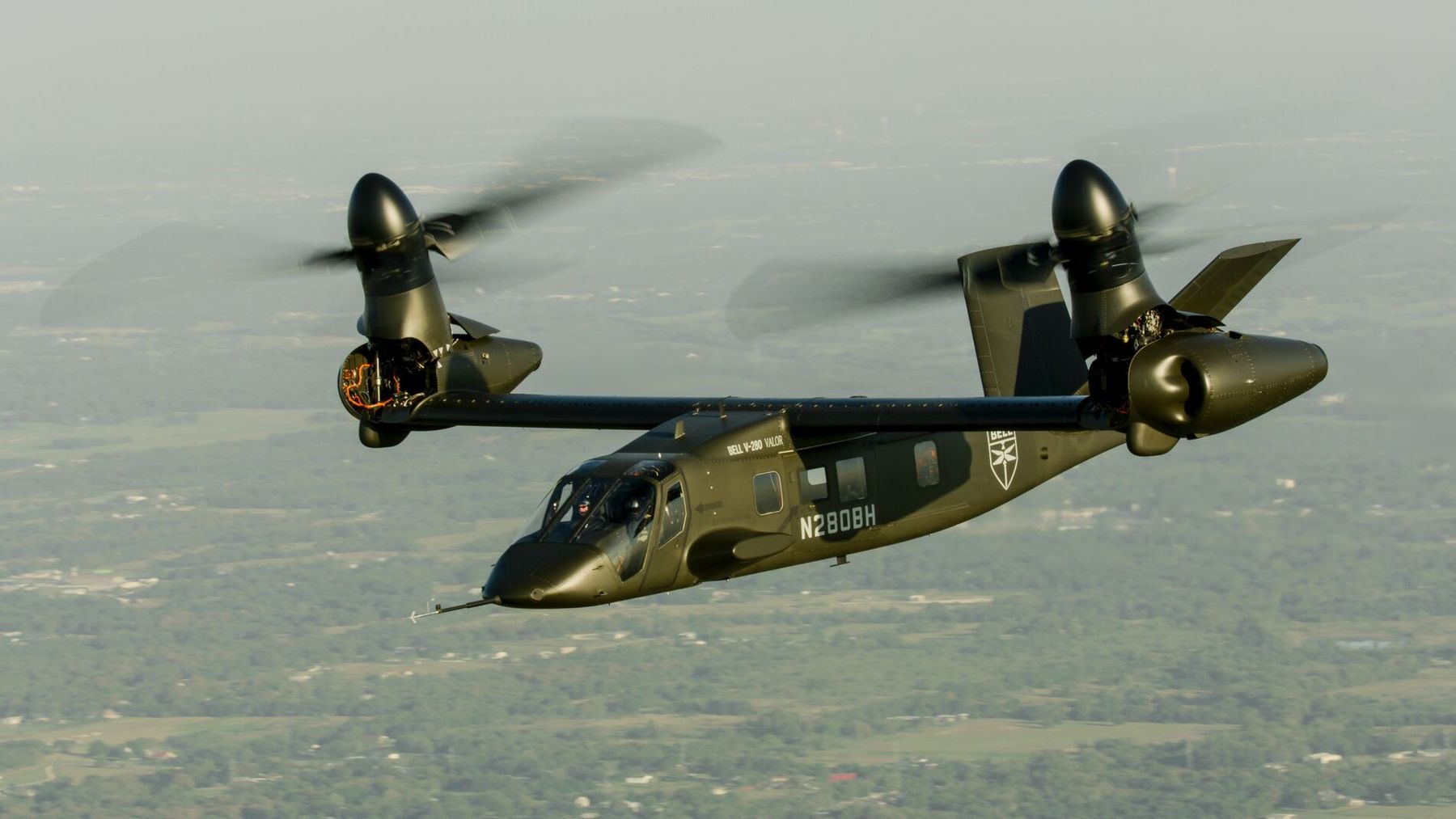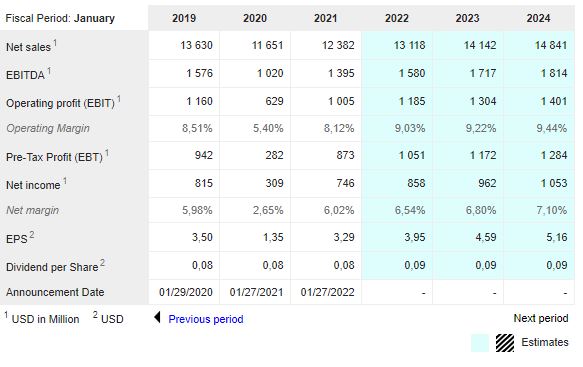We will detail Textron's activities through its four main divisions, each with its own characteristics. Two-thirds of sales are made in the United States and that government orders guarantee about a quarter of revenues. Let's start with business aviation.
Cessna, a sure bet in the business jet market
In the aviation segment (37% of revenues), Textron is a benchmark in business jets, notably with its Cessna Citation range. The business is cyclical, but the maintenance and spare parts segments ensure a certain recurrence, especially since they account for a third of the segment's activity. To get a good idea of the dynamics of business aviation, beyond the bots that are now proliferating to track the industry's wealthy customers, it is useful to keep an eye on the used aircraft market, because the dynamics of the new market are inversely proportional to the stocks offered as used aircraft. The remarkably low inventory of used Citations for sale (about 5% of the world fleet, vs. a long-term average of 12%) suggests that orders should remain strong in the near term. In fact, backlog more than doubled last year to $4 billion.

The sector is full of formidable competitors, as we have seen above, but there are significant barriers to entry due to stringent safety standards and development costs. Cessna's Citation line has carved out a solid market share and has adopted a very smart positioning (intermediate between Dassault Aviation 's high-end and Embraer's low-cost).
The Bell story
Textron's second segment is Bell (27% of revenues), another global benchmark but this time in light helicopters and tilt-rotor aircraft. The business here is primarily in the defense sector (61% of segment sales), particularly the US Navy. The business is defined by very long cycles (study and design phase over two decades, then employment phase also over several decades). It is significantly more profitable than the business jet activity, and shares a certain stability with it thanks to the after-sales service. On the other hand, the order book is on a downward trend: Textron needs to sign a major defense project to get the business going again.

The first is to replace the UH60 Black Hawk transport helicopter (a program involving 3,500 aircraft and valued at $50 billion over its entire life), for which Textron has developed the V-280 Valor. For this program, Bell is in direct competition with the formidable Sikorsky(Lockheed Martin) - The Boeing Company team. - The other key program is the progressive replacement of the AH-64 Apache and OH-58D Kiowa attack and reconnaissance helicopters. To this end, Bell has developed the Invectus prototype.
These two key programs will be real "game changers" for whoever wins them. In reality, it is rather unlikely that there will be a winner and a loser: it is more likely that the federal order will support at least two suppliers: large groups such as Lockheed Martin or Boeing obviously have a considerable advantage, but the US government has a vested interest in keeping the challenger Bell/Textron alive, in order to maintain a certain bargaining power and to keep the group's industrial expertise active and alive. The company's interests could therefore converge with those of Uncle Sam.
Ground mobility and drones as a complement
The third segment, Textron Industrial (25% of revenues), produces recreational vehicles such as quads, snowmobiles and golf carts, as well as utility vehicles such as lawn mowers and airport carts. It is not very profitable and has lower margins, but has the particularity of being more internationally oriented with half of its sales made outside the United States. Objectively, its characteristics make it an interesting candidate for a spin-off, should Textron choose to focus on aeronautics.
Finally, the last string of Textron's bow (10% of revenues) depends mostly on Pentagon orders and supplies various types of military equipment (light air and ground drones, small engines, hovercrafts, etc.). French aviation fans will be curious to learn that Textron, via its subsidiary ATAC, offers in its product range venerable Mirage F1s that are reconditioned and leased to foreign armies in the framework of defense partnerships. However, this program seems to be encountering some difficulties, as three of these aircraft have crashed in accidents!
Normative margins are fairly stable
On the financial side, stability has been the watchword over the past few years: average annual revenues reached $13 billion over 2011/2021, for an annual operating profit of around $1 billion. Even if some activities are less profitable than others, the advantage of a conglomerate structure is that the weakness of one segment can be compensated by the strength of another. The financial position is stable with debt kept under control. That said, we must remain vigilant because this type of business can quickly deteriorate. But there is no major issue on this point at present. The cash position is copious ($2 billion) but must be put into perspective with the needs of the industry, which must regularly mobilize a lot of cash for its R&D programs.

In terms of cash flow, cash profits can be reconciled with book profits without too much difficulty. They represent an average of $650 million per year over the past decade, or a return on equity of 10% to 15%, fairly typical of an industrial conglomerate. For the rest, Textron has been buying back shares much more than paying dividends and has spent $2.4 billion on acquisitions. As for the valuation, it is quite high (22.5 times the average cash profit per share), unless the group manages to land one of the large-scale military programs it is targeting, in which case it would be correct.
To conclude, the potential for value creation seems rather limited, even if the management has correctly played a complicated hand. And the leverage is not really on business aviation, as we all know, but rather on military programs, which, given the turn of events in geopolitics, should see some funding flow in over the next few years.

 By
By 


